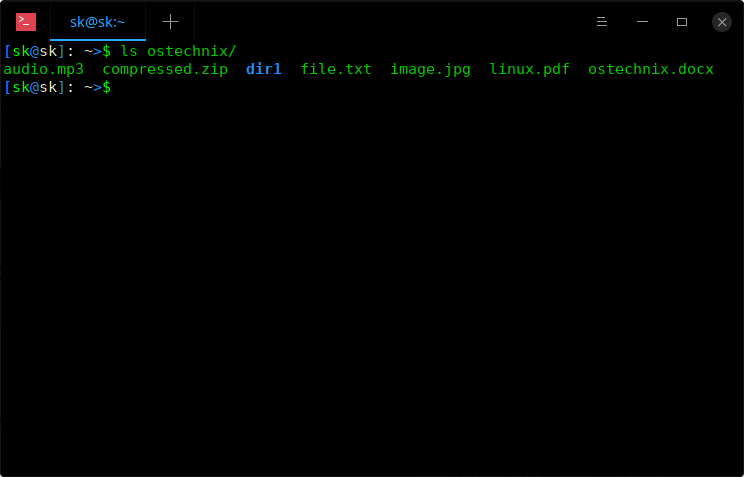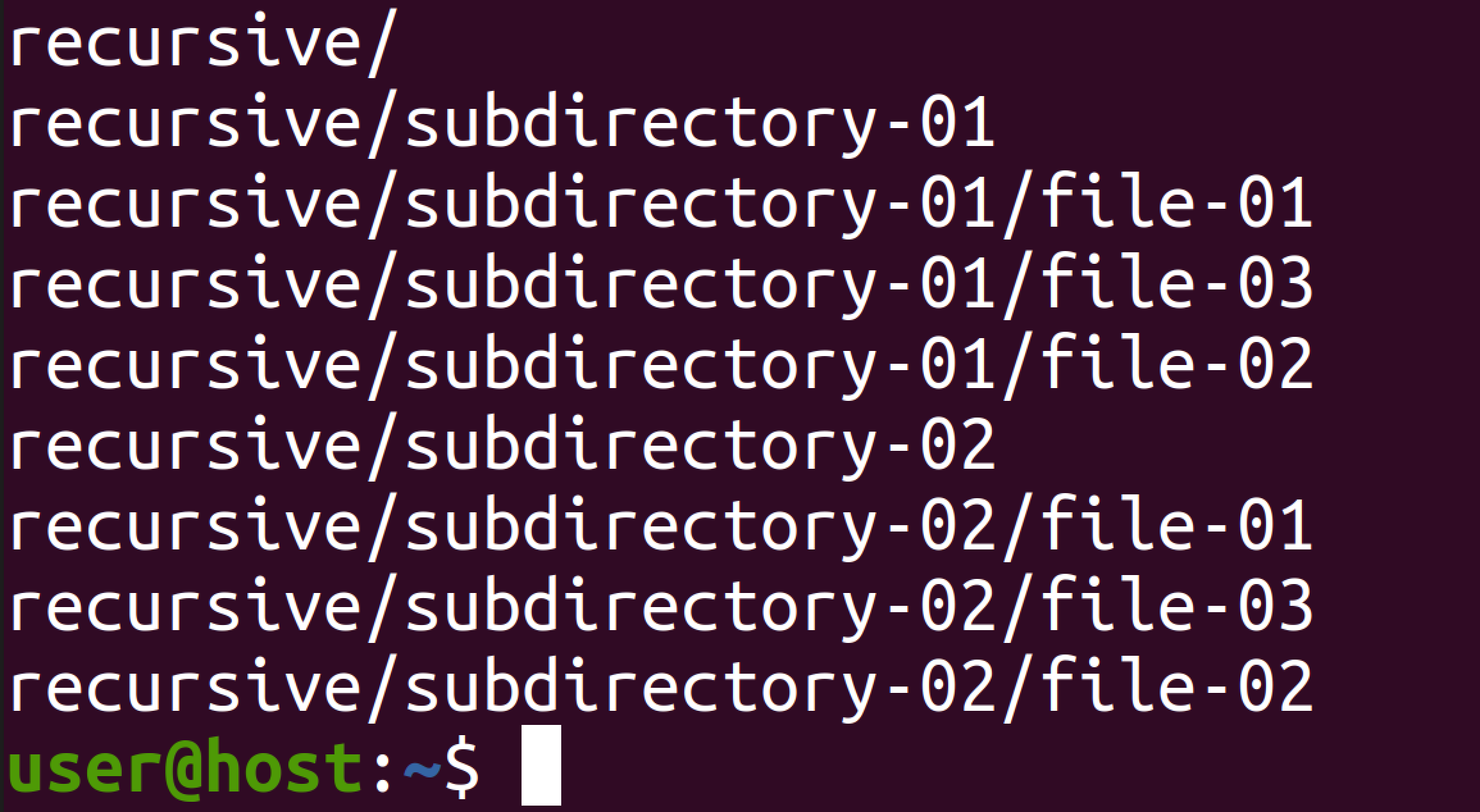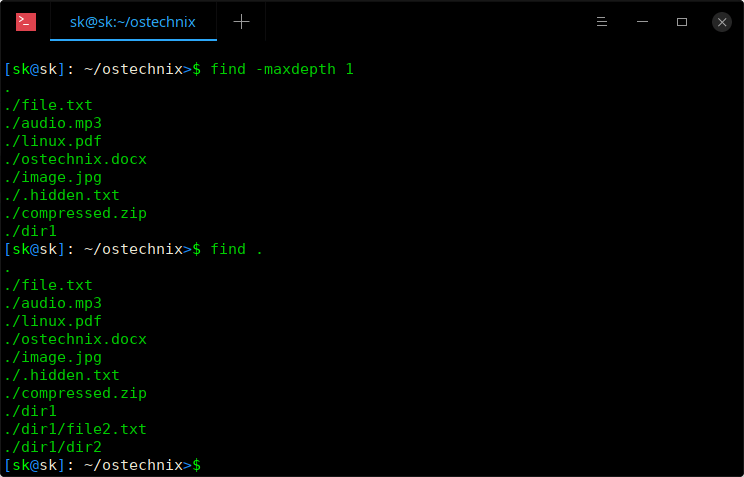

- #LIST DIRECTORY CONTENTS C SHELL HOW TO#
- #LIST DIRECTORY CONTENTS C SHELL MANUAL#
- #LIST DIRECTORY CONTENTS C SHELL CODE#
- #LIST DIRECTORY CONTENTS C SHELL PC#
The options available with ls are far too numerous to list here, but you can see them all in the online manual ( man) pages. You may have multiple options and multiple filenames on a line. Neither the options nor the filename are required (you may use ls by itself to see all the files in a directory). Several options control the way in which the information you get is displayed.

To list the contents of the directory using grep command run the following command. This command is used for searching text files using regular expressions. This will list the contents of the /etc directory in columns. Use the following command line to list the files and directories.

#LIST DIRECTORY CONTENTS C SHELL HOW TO#
For example, if you are in your home directory and want to list the contents of the /etc directory, enter: How to recursively list files in a Windows directory and export it directly into CSV format (Powershell one-liner) Septemby joe0 The following short example shows how to export the list of file names (basenames) and extensions inside the directory as a comma-separated Excel file. If you would like to list files in another directory, use the ls command along with the path to the directory.You can use * and ? anywhere in the filename fragment. The * represents any number of unknown characters, while ? represents only one unknown character. This creates the log file, but it is completely blank, so useless to me to find out why it is failing when not run manually be me.Īny ideas? I apologise for my ‘script’ in advance, as I have no doubt it contains some elementary errors, but Powershell is not something I have much in the way of expertise.Lists files that begin with hell followed by one character, such as helli, hello, and hell1. Program: CSESTAFFlocalhost ex9 vi perm.sh echo 'The list of File Names in the curent directory.' echo 'Which have Read,Write and Execute permisions. You need to provide the path of the directory. A null directory name in the path (represented by any of two adjacent colons, an initial colon, or a trailing colon) indicates. | Out-File -FilePath C:\Temp\log.txt -Append -Confirm: $false -Force a) Write a shell script that displays a list of all the files in the current directory to which the user has read, write and execute permissions. How to list the directory content in PowerShell - To display the directory content, Get-ChildItem cmdlet is used. Remove-Item -Path C:\Windows\ccmcache\* -Confirm: $false -Force -Recurse The latest version has been appended to be: I have amended the script in various ways so I have some debugging data to work with, but without success. shell line but when I entered your Dir list. However, when I try and run this a scheduled task, or as a group policy logon or shutdown script, In conclusion, that is all you need to know how to print the contents of a directory or a folder when your. This works fine from within the console and run as a ps1 file as well. Remove-Item -Path C:\Windows\ccmcache\* -Confirm:$false -Force -Recurse -Debug –Verbose
#LIST DIRECTORY CONTENTS C SHELL PC#
I have found if I run this on my local PC it is perfectly fit for purpose: Sort entries alphabetically if none of -cftuvSUX nor -sort is specified. It identifies each type of special file in the listing with a special character: / Directory Executable Block device Character device Named pipe Socket Symbolic link If the listlinks shell variable is set, symbolic links are identified in more detail on systems. They seem to unnecessarily layered though for what is required. List information about the FILEs (the current directory by default). In the tcsh shell, ls-F lists files like ls -F, but works much faster. There, which I have copied tried unsuccessfully to run myself. There are some quite complex (to my not very knowledgeable eyes) scripts out Have been trying to get this to work via Powershell for a few days now and it is frustrating. So I have been looking at clearing this cache on a daily through group policy (probably a shutdown script). The C shell uses the symbol,, to indicate the users home directory in a path, as in /.cshrc, or to specify another users login directory, as in username/.cshrc. Pipe the result into the format list cmdlet Use only one line to solve the problem.
#LIST DIRECTORY CONTENTS C SHELL CODE#
We have a bunch of tablets with very small system drives (30GB) which are constantly being crippled by the large amount of data stashed by SCCM in the directory C:\Windows\ccmcache, Write code that when executed in PowerShell, will satisfy the following requirements: Display the contents of the c:\windows\system32 directory.


 0 kommentar(er)
0 kommentar(er)
